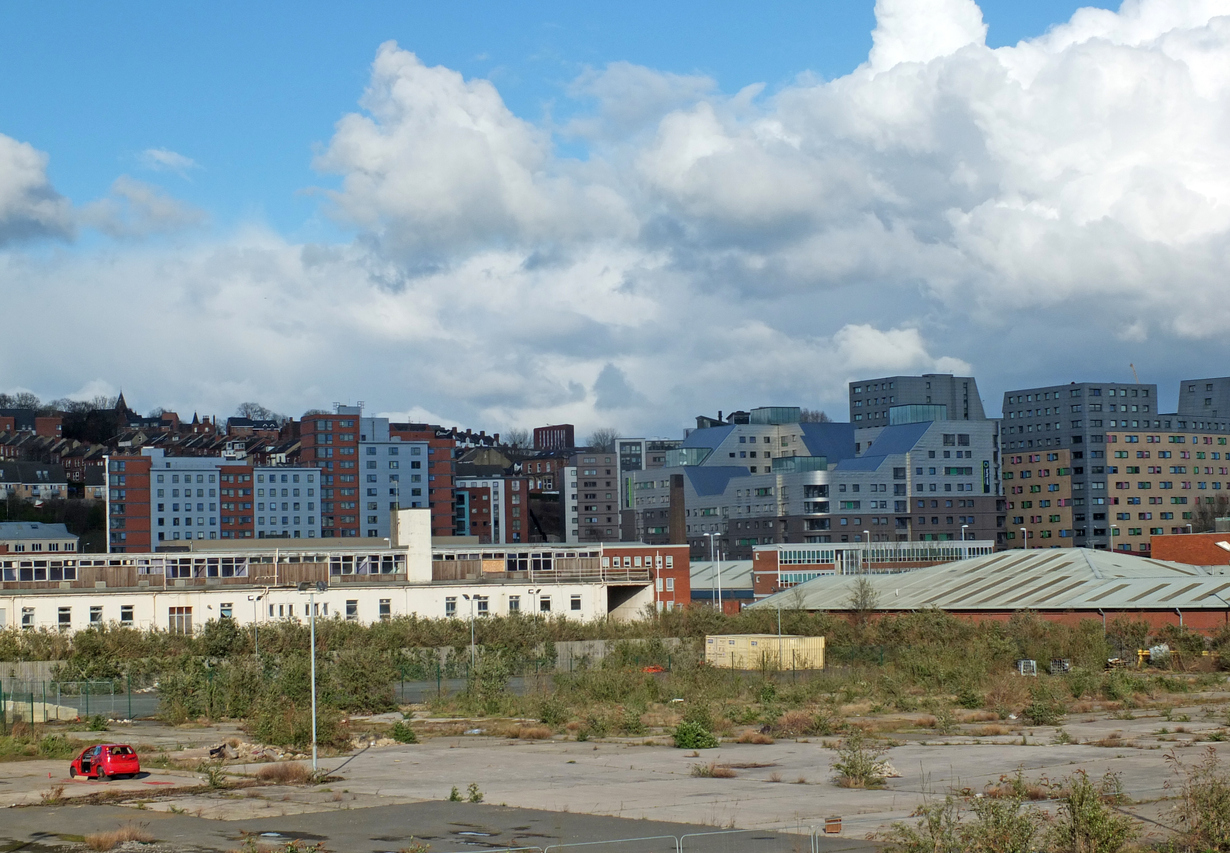Finding the right brownfield development site is integral to the success of your property development project. Brownfield sites are land that has previously been developed but is no longer in use. These developments are commercial or industrial properties which may have remnants of hazardous waste or contaminants and may still have remaining structures.
While it may sound like a bit of additional admin to deal with, there are many benefits to choosing to develop a brownfield site. But before you select a tract of land, you need to know what makes a good brownfield development site. When you know what to look for, it is that much easier to make the best use of the site and do so successfully.
Look for a Brownfield Site in a Good Location
One of property development’s biggest focuses is finding the right location in an area that lends itself to success. You want to look for a brownfield site which is close to amenities and other high-value locations. Other businesses are not your competition; they create a community where more people are likely to congregate and spend their hard-earned cash. Location is crucial whether you decide to sell or rent the property on completion, as it adds to the appeal.
Consider How Much Land You Need
The size of the brownfield site with determine the best way to use it. If the site is too small—or even too large—you may struggle to realise your concept fully. Moreover, if there are any encroachments, you will have to work around them. The land size may affect your location, so you must prioritise your needs. If the land is too large, there is always the opportunity to subdivide, leaving you the option to sell the other piece of land or develop something else on it.
Is the Site Correctly Zoned?
Brownfield sites are most often found in commercial and industrial zones, where it is unlikely that you will be able to develop residential property. Before planning your project, ensure your site corresponds with your proposed development. You may be lucky enough to have the council rezone the property, but it will take time and consultation with the local property owners.
Ensure There Are No Obvious Issues With the Property
Brownfield sites have a history; if you’re lucky, that history involves existing infrastructure such as connections to water, electricity, sewerage, and roads. But the land may be contaminated with industrial waste if you’re less fortunate. In this instance, you would have to decontaminate the land to ensure the health and safety of the next tenant or owner. To know for sure, you would have to test the soil to learn more about contaminants. The great thing about developing property on brownfield sites is that the environment and local economy will be revitalised by new investment into the area.
If you’re looking for an opportunity, or you’ve already found the perfect parcel of brownfield land, don’t be put off by potential drawbacks. These sites may be overlooked but knowing what makes a good brownfield site will go a long way to help you overcome potential obstacles and plan the development accordingly. You can make the best use of a brownfield development site with attention to detail and creativity. If you’re not already using Archistar, schedule a demonstration to discover how it can make finding and developing good brownfield more profitable for you.

